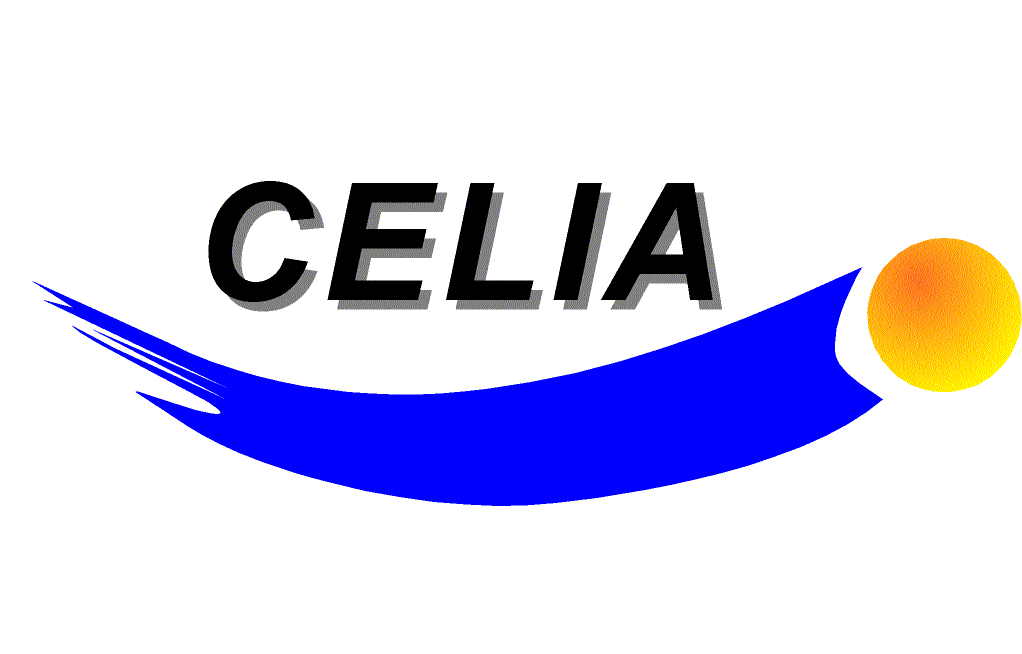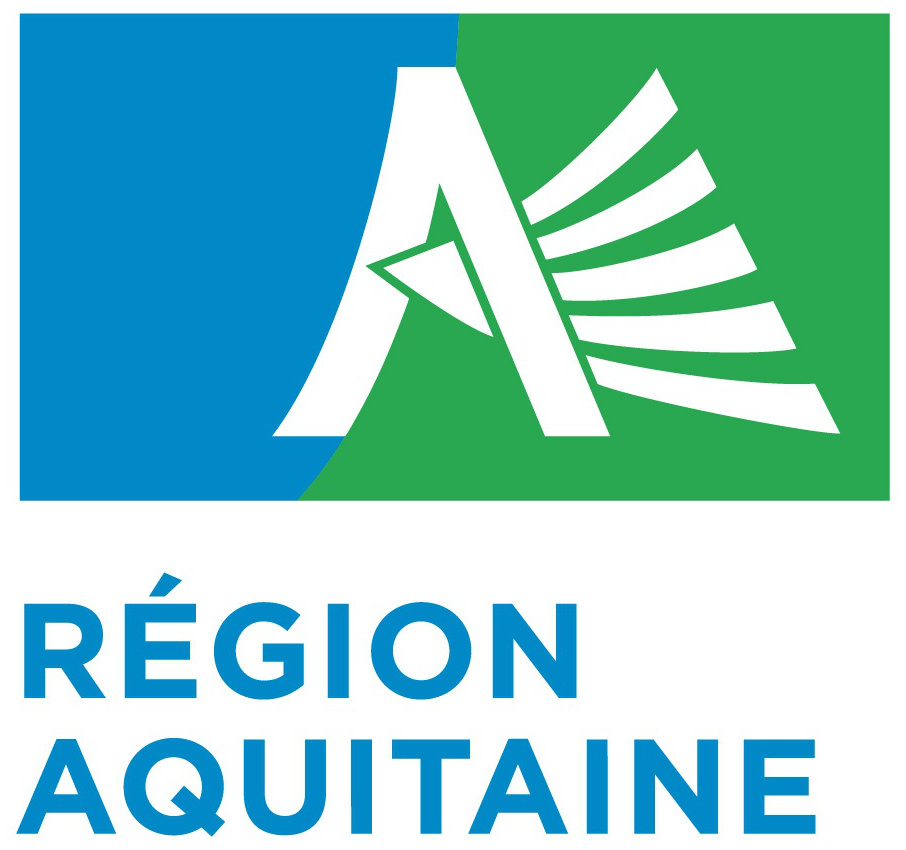Modeling and Numerical Methods for Hot Plasmas II
Bordeaux, 12-14 October 2015
SCHEDULE
 |  |
 |
 | ||
 |  |  |
 |
Modeling and Numerical Methods for Hot Plasmas IIBordeaux, 12-14 October 2015SCHEDULE |
|
||||||||||||
Organizing comiteeJérôme Breil breil@celia.u-bordeaux1.frStéphane Brull Stephane.Brull@math.u-bordeaux1.fr Emmanuel D'Humières dhumieres@celia.u-bordeaux1.fr Ingrid Rochel ingrid.rochel@u-bordeaux.fr  |
| Denise Aregba | Olivier Lafitte | Mihai Bostan |
| Jérôme Breil | Stéphane Brull | Holger Heumann |
| Roland Duclous | Emmanuel d'Humières | Bruno Després |
| Bruno Dubroca | Rachel Nuter | Thana Nguyen Bui |
| Nicolas Popoff | Sébastien Guisset | Xavier Lhebrard |
| Yves Elskens | Nicolas Popoff | Sever Hirstoaga |
| Vladimir Tikonchuk | Philippe Ghendrih | Bruno Fornet |
| Jean-Luc Feugeas | Anne Nouri | Guillaume Duchateau |
| Rodolphe Turpault | Philippe Nicolaï | Gabriel Georges |
| Arnaud Colaitis | Dario Del Sorbo | Céline Barranger |
| Hélène Hivert | Mathieu Patrizio | Bourgeade Antoine |
| Rafick Imekraz | Corentin Audiard | Franck Sueur |